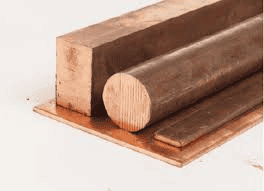Bronze has tremendous historical value and was used as long ago as 3000 BC. It still enjoys a great deal of use in many applications even today.
Bronze is an alloy, commonly made up of a mixture of copper and tin. Different amounts of copper and tin have been found in bronze throughout history, but it was noted in the mediaeval era that different proportions had different properties. Any bronze is manufactured these days with no tin whatsoever, using manganese, zinc or aluminium instead.
The advantage of bronze is that, as an alloy, it is stronger and harder than only using copper on its own. It can also be much more easily melted down than other metals, making it suitable for casting. This explains its sculptural fame. It is why Bronze Wildlife Sculpture artist Gill Parker uses it. Throughout history, bronze has been used for many beautiful sculptures. Its power is vital but critically, it also the ability to capture intricate details in a casting mould.
Bronze is extremely tough and tougher than iron and is therefore considerably more corrosion resistant. By adding a tiny amount of phosphorus, bronze can be made even stronger. It is a useful material for use in valves and pumps because of this increased power.
Thanks to the deep sound made on hitting the metal, bronze has been used to make bells throughout history. A high tin content of around 25 percent includes the proportions needed to create this incredible sound.


